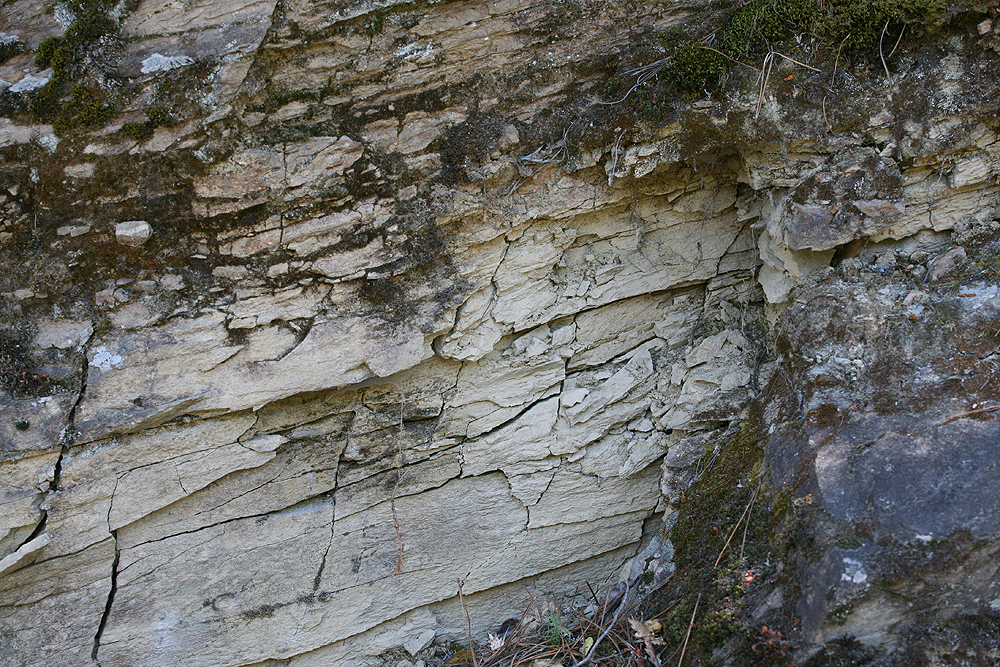In Portuguese, the soil of the Douro is named ‘’xisto’’. If you look on google translate you’ll see that xisto’s first result will be schist which is also the closest phonetically. But if you also look for the word shale translated into Portuguese, you’ll find the answer to be xisto as well! Commonly, many articles and features talk about the most predominant element of the soil of the Valley as being schist but…
Is there really schist in the Douro? Well the answer is yes BUT very little!
Wait… what!? Yes! For so many years we’ve been promoting our unique schist soil, this information was relayed by many over the years and we’ve created this myth.
When you start digging into some reliable technical geologic sources and talking to experts in the region such as my friend Ryan Opaz, you quickly identify that the rocks you are stepping on as you walk in the vineyard are shale. Shale can come in different colors depending on the minerals in it: blue, red, yellow, brown. It is highly fragile sedimentary rocks and breaks easily in your hands.
Schist on the other hand is much harder and is easily recognizable by its highly foliated plate-shaped mineral grains that are large enough to see with our eyes. We can find some mica-schists in the Douro.
Shale is a sedimentary rock, and schist is a metamorphic rock. Through high pressure and temperature, sediments are being compressed and combined with other minerals to result in different metamorphic rocks depending on the steps they went through.
Here you can find a clear path of the transition phases from shale to gneiss.
Douro soil results from a complex amalgamation of different metamorphic rocks from shale to gneiss that got shifted from its horizontal alignment to a semi vertical one. It is mostly composed of phyllite (in the lower parts) and shale (in the upper parts) residing on and surrounded by granite. We’ll also find amounts of the other rocks like slate, schists, gneiss and quartz in their singular forms but also in transition stages outcropping in small amounts to the top. Each stone’s color is the signature of its mineral composition and they vary a lot in the Douro.
Each combination of those rocks will give each vineyard or parcell a unique character. A simple example: at our quinta da Trovisca we planted some Sousão grapes in a high aluminum content shale parcell. We can clearly see that Sousão does not perform as well as our Tinta Roriz. It is hard work to understand our vineyards and adapt each variety we are planting to the mineral composition of the soil below!
This unique configuration of metamorphic rocks in the Douro is the reason why viticulture is possible in this arid location where the vine is tested to its limit. The fragile shale vertically aligned permits the strong vine roots to find its way as deep as 10 meters sometimes. The strong dew formed by the contrast of high temperatures during the day and cold nights also finds its way down the layers of shale to the roots offering some relief to the vine during high hydric stress days of the Douro’s intense summer. At the bottom, the granite base is impermeable to water and in some places, it will retain the spring rain and create reserves the vines can reach during the season.
As usual, if you have any questions or comments, please feel free to comment. I look forward to welcoming in the Douro this year, we’ll share a glass of wine or Port while contemplating our shale-filled vineyards.
Cheers,
Óscar







